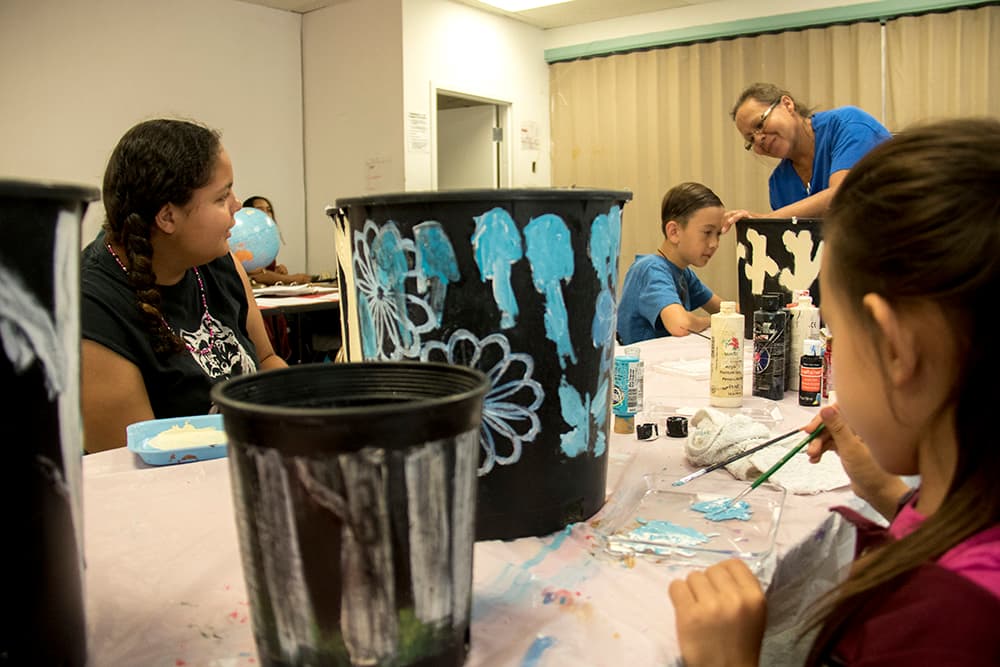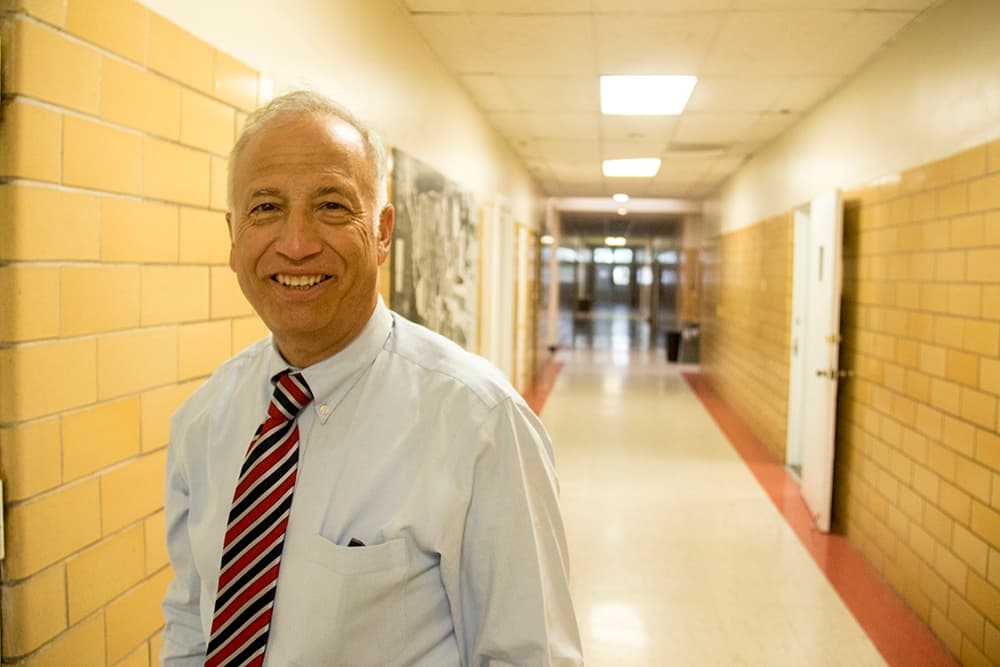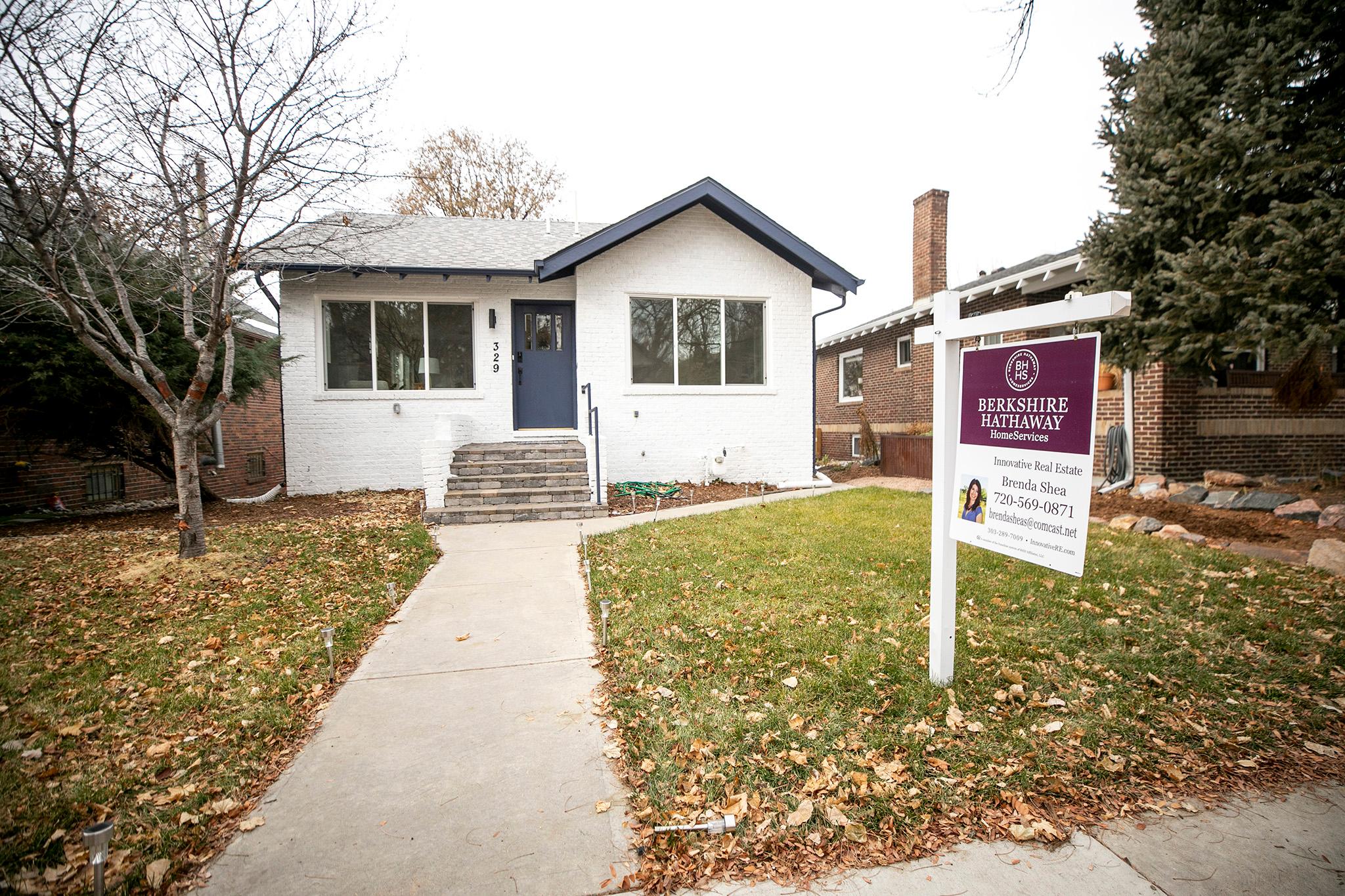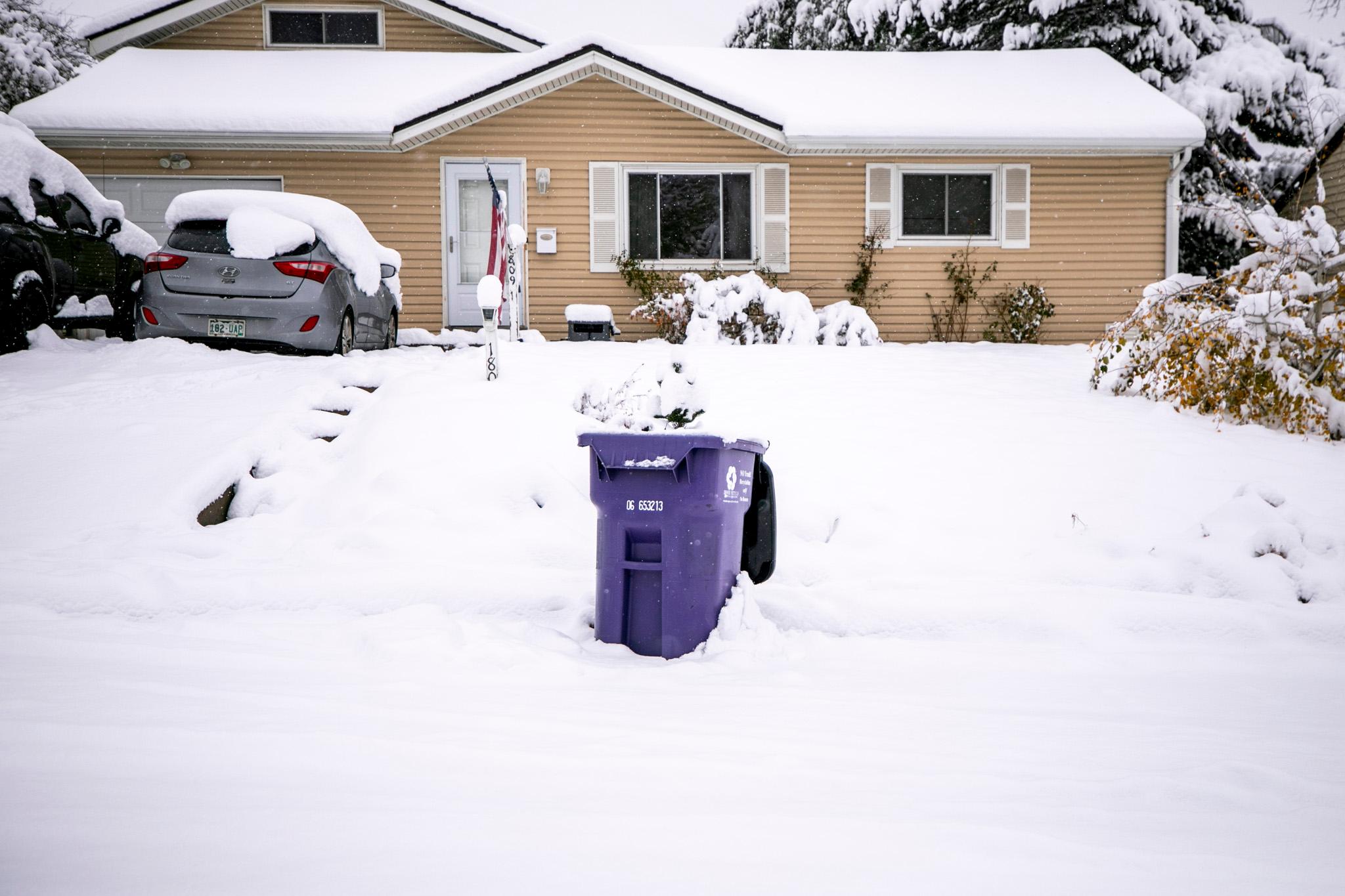
Denver was a gathering place for the Southern Arapaho nation long before white settlers arrived. They set up camp every winter where the South Platte River meets Cherry Creek.
Most Colorado history books will tell you that much -- but the story of indigenous people in Denver has another chapter that many don't know. After World War II, a federal program encouraged Native Americans to move from reservations to nine American cities.
Denver was one of those cities, and native communities here are still dealing with the consequences today, according to Ais Murray, the executive director of The Denver Indian Center, Inc.
“They just went to the nearby reservations, and basically drove buses there and had big signs there that said ‘job, employment,'” Murray said. "And people just hopped on the bus, and they brought them here to the city."
It wasn't an easy transition. Murray's organization, formed in part as a response, has been working since 1970 to ensure the success of Native Americans here. Today, its headquarters on Morrison Road serves people with roots in more than 200 Native American nations.
“Our community struggles with getting their basic needs met,” he said. “Clothing, a car that works, transportation, food, housing. All of your basic needs.”
DICI provides career opportunities and services like food banks and a fatherhood program. "It is really a place where community can come and feel safe, but also to socialize and recreate," Murray said.
These communities are dealing with decades of flawed or racist government policies.
The Urban Relocation Program moved Native Americans from reservations to cities such as Denver with the hopes of finding them employment and new, urban lives.
It was a part of a new federal Native American policy: The government no longer considered Native Americans to be government wards on reservations. Instead, they would be treated with the same laws as other American citizens.
But the idea to integrate Native Americans into the city was poorly organized, Murray said. The program often offered Native Americans seasonal work, leaving them unemployed for months in the off-season, according to a report from the National Council of Urban Indian Health.
“When the government started bringing people to the city, they basically made a promise that we will get you good jobs. That promise was never kept,” Murray said. “There was not a lot of organization and not a lot of thought in that, and there was really no funding.”
Along with the lack of employment opportunities, the National Council of Urban Indian Health said the transplants were held back because they received little education on how to navigate the city. The report also suggested that people involved in the program lived in overcrowded homes in areas suffering from poverty and high crime rates.
“If you look at all of the social indications -- health, education, employment -- we’re usually at the bottom as a group. Something happened to create that," Murray said.
"The way I look at it and they way I think native people look at it is, it's all of these failed government programs that have been imposed on us, so we have to reverse that and empower our folks. That’s the mission of the agency: empowerment."
For many at the Denver Indian Center, life is day-to-day survival, Murray said.
The Colorado American Indian and Alaska Native Economic Impact Report found that 20 percent of Native Americans and Alaskan Natives have not completed high school or obtained a GED. That's roughly twice the percentage for the United States as a whole.
“Our group as a whole is struggling, major. We’ve got three generations of families that have lived here that are still trying to make it,” Murray said.
DICI looks to combat the Native American community’s challenges through its Career Attainment Services program. “Our career center is throughout the state. We help American Indians get jobs, and we help them get into careers,” Murray said.
In order to help American Indian children understand their culture, the organization teaches children pow-wow dancing and the importance of Native American art.
Murray said the organization is working on a food pantry to provide for the entire Westwood neighborhood.
“We want to have something if people come in here and they’re hungry or they need something. We are hoping we can give them something from the food pantry so they can survive,” Murray said.

DICI opened an Honoring Fatherhood Program in October 2015, and eight of the 20 participants completed it. The next cycle of participants completed the program at a much higher rate. Murray cited issues outside of the organization’s control for the first group’s low completion rate, such as individuals having legal problems and people moving from Denver.
“What we do with that program there is really three components. One is making the father a better parent basically: having a better relationship with their child, skills development, knowledge,” Murray said.
The program is a 16-week process, and it involves a facilitated group session. The program looks to get fathers employed and engaged with their families.
“The people that have taken it remember choices. They remember ‘I get to make better choices.’ They remember it’s all about where our children are going to be,” said Steve ReVello, a relationship guidance specialist for DICI’s Honoring Fatherhood Program.
In the past, Murray said, mandatory boarding schools hurt native families.
Native Americans were sent to boarding schools as a plan to assimilate them into mainstream American culture.
The boarding schools often forced Native American children to cut their hair and forbade the use of native languages and children's original names. One of the most famous boarding schools was the Carlisle Indian School in Pennsylvania, created by Col. Richard Henry Pratt. Pratt’s philosophy was to “kill the Indian and save the man.”
Native American parents didn’t gain the legal right to keep their children out of boarding schools until 1978, according to the American Indian Relief Council.
“That whole generation was removed from their families and communities. That contributes a lot to isolation and not having the skills to be a parent. The fatherhood program is so important because we have that generation,” Murray said.
“The program is important because when people want to leave the reservation and they want to live in Denver or they want services," ReVello said, "they want a place like this."













